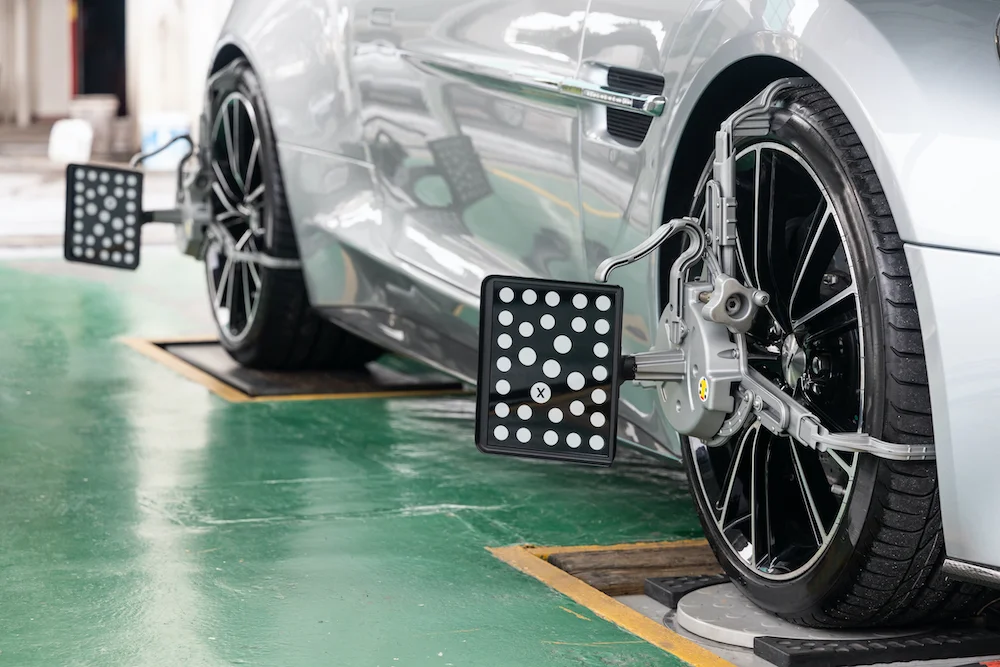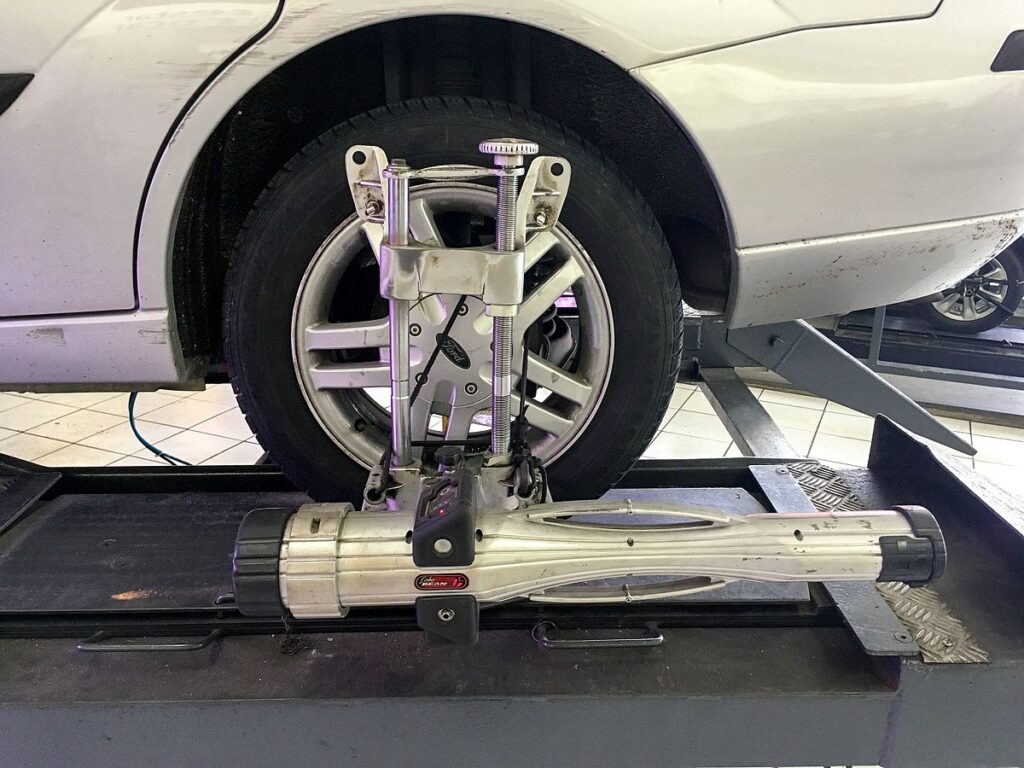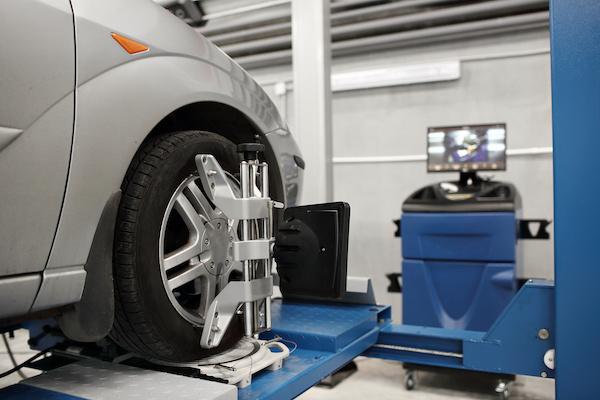

Wheel Alignment is a crucial aspect of vehicle maintenance that ensures your car’s wheels are set to the optimum position, as per the manufacturer’s specifications. Proper alignment can significantly improve the handling, performance, and longevity of your vehicle. This guide will delve into the importance of wheel alignment, how it works, the signs of misalignment, and the alignment process itself.
Wheel alignment refers to the adjustment of a vehicle’s suspension – the system that connects a vehicle to its wheels. It is not merely an adjustment of the tires or wheels themselves. The primary goal of these adjustments is to align the angles of the tires so that they come into contact with the road in the optimal way.

Proper wheel alignment ensures that your car handles correctly, providing a smoother and safer driving experience. It helps maintain stability and control, especially during turns and at high speeds.
Misaligned wheels can cause uneven tire wear, leading to premature tire replacement. Regular alignment checks can prolong the life of your tires, saving you money in the long run.
Poor alignment forces your vehicle to work harder to move forward, consuming more fuel. Proper alignment can improve fuel efficiency by reducing rolling resistance.
Misaligned wheels can affect your vehicle’s braking performance and handling, increasing the risk of accidents. Correct alignment ensures that your car responds accurately to steering inputs, enhancing overall safety.
There are three primary angles involved in wheel alignment: camber, toe, and caster.
Camber is the inward or outward tilt of the tire when viewed from the front of the vehicle. If the top of the tire leans inward, it is known as negative camber; if it leans outward, it is positive camber. Proper camber alignment is crucial for cornering performance and tire wear.
Toe alignment refers to the direction in which the tires point relative to the vehicle’s centerline. Toe-in means the front of the tires are closer together than the rear, while toe-out means the opposite. Incorrect toe settings can cause excessive tire wear and affect steering stability.
Caster is the angle of the steering axis when viewed from the side of the vehicle. Positive caster helps with stability and steering feedback, while negative caster can make steering feel lighter. Proper caster alignment is essential for directional control and cornering stability.
Recognizing the signs of misaligned wheels can help you address the issue promptly. Here are some common indicators:
Check for uneven wear patterns on your tires. Misalignment often causes one side of the tire to wear more quickly than the other.
If your car consistently pulls to one side while driving on a straight road, it could be a sign of misalignment.
A vibrating steering wheel, especially at higher speeds, may indicate alignment issues.
If your steering wheel is not centered when driving straight, it is a clear sign of misalignment.
Misaligned wheels can cause tires to make unusual noises, particularly during turns.

Understanding the wheel alignment process can help you appreciate its importance and ensure you get quality service. Here is a step-by-step overview:
A professional mechanic will start by inspecting your tires and suspension components for any damage or excessive wear. This step is crucial as worn or damaged parts can affect the alignment process.
Using specialized equipment, the mechanic will measure the camber, toe, and caster angles of your wheels. These measurements will be compared to the manufacturer’s specifications.
If any of the angles are out of specification, the mechanic will make the necessary adjustments. This often involves manipulating the suspension components to achieve the correct angles.
After adjustments are made, the mechanic will re-measure the alignment angles to ensure they are within the recommended range.
Finally, the mechanic will take your vehicle for a test drive to verify the alignment and check for any remaining issues.
The frequency of wheel alignments depends on several factors, including your driving habits, road conditions, and vehicle type. As a general rule, it is recommended to have your alignment checked:
While some car enthusiasts may attempt to perform wheel alignment at home, it is a complex process that requires precise measurements and specialized equipment. Professional alignment services ensure accuracy and can identify underlying issues that may not be apparent to the untrained eye. It is generally advisable to seek professional help for wheel alignments.
Wheel alignment is a critical aspect of vehicle maintenance that directly impacts safety, performance, and cost-efficiency. By understanding the importance of proper alignment, recognizing the signs of misalignment, and adhering to regular alignment checks, you can ensure a smoother, safer, and more enjoyable driving experience. Always opt for professional alignment services like Landmark Repair to guarantee accuracy and extend the lifespan of your tires and suspension components.